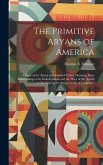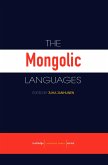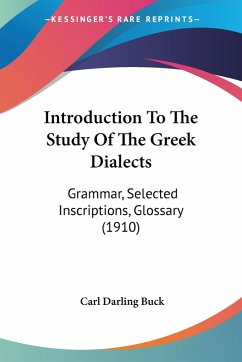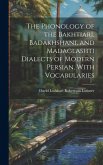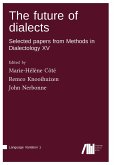Present research focuses on Mongolic loanwords in Ewenki dialects spoken in the territory of Buryatia. The aim of this work is to clarify the status of early Mongolic (i.e. not Buryat) and later Mongolic or Buryat layers.
The introductory part of the book gives a short overview of the Ewenki dialects of Buryatia (Barguzin, Nercha, Baunt and North-Baikal), their language status, common phonetic and semantic features and differences between them. Also, a short survey is given on the Khamnigan Mongol language and its dialects, since the author considers this language the main source of Mongolic elements in Ewenki dialects.
As a result, almost all phonetic characteristics in Mongolic loanwords in Ewenki dialects coincide with Khamnigan Mongol. This assumes that an 'Early' Mongolic language related to Modern Khamnigan Mongol was spoken in the Transbaikalian territory before the Buryat tribes arrived here, and this language had a considerable effect on Ewenki dialects in the earlier stages of borrowing.
This research may strengthen the place of Khamnigan Mongol as an 'original' Mongolic language and not as an original Tungusic language, as some researchers claimed, which was assimilated by the Mongolian and Buryat people. It is a separate and independent language among other Mongolic languages belonging to an archaic group, and cannot be considered a Buryat dialect.
The introductory part of the book gives a short overview of the Ewenki dialects of Buryatia (Barguzin, Nercha, Baunt and North-Baikal), their language status, common phonetic and semantic features and differences between them. Also, a short survey is given on the Khamnigan Mongol language and its dialects, since the author considers this language the main source of Mongolic elements in Ewenki dialects.
As a result, almost all phonetic characteristics in Mongolic loanwords in Ewenki dialects coincide with Khamnigan Mongol. This assumes that an 'Early' Mongolic language related to Modern Khamnigan Mongol was spoken in the Transbaikalian territory before the Buryat tribes arrived here, and this language had a considerable effect on Ewenki dialects in the earlier stages of borrowing.
This research may strengthen the place of Khamnigan Mongol as an 'original' Mongolic language and not as an original Tungusic language, as some researchers claimed, which was assimilated by the Mongolian and Buryat people. It is a separate and independent language among other Mongolic languages belonging to an archaic group, and cannot be considered a Buryat dialect.


